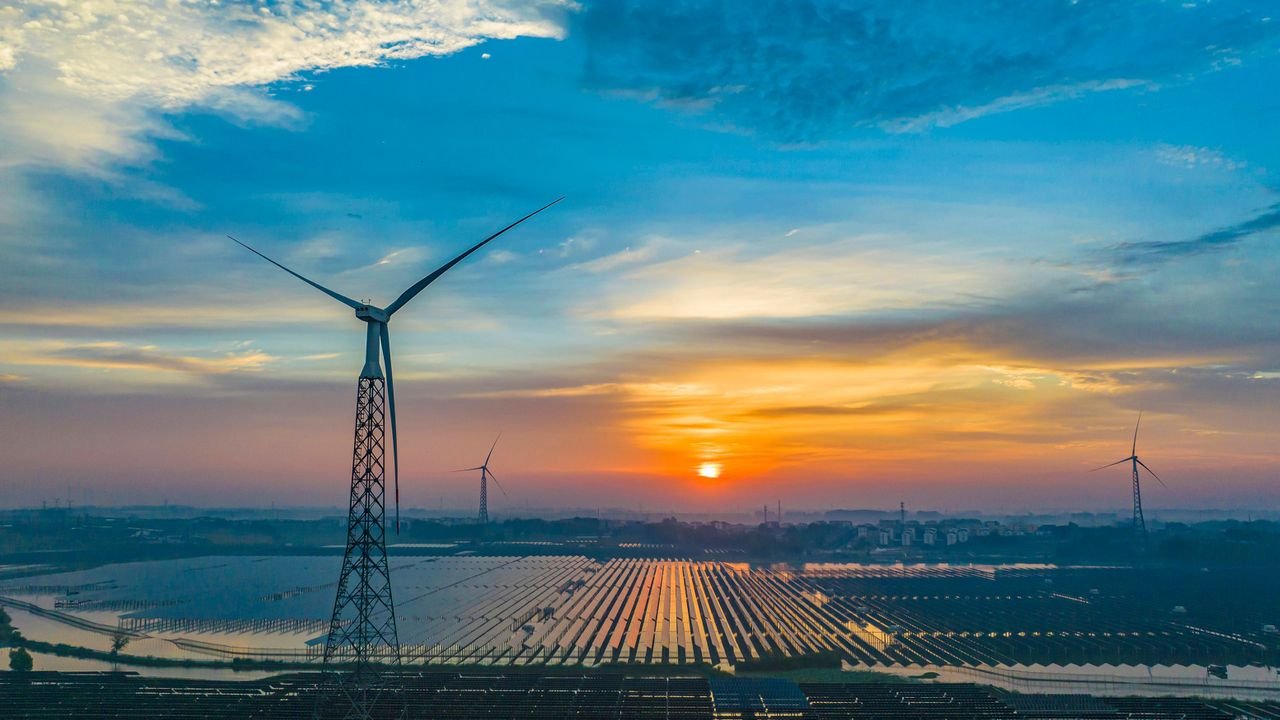Fuel Injection: The Heart of Modern Engine Performance
Fuel injection is a crucial technology that plays a central role in modern vehicle performance, efficiency, and emissions control. This advanced system has replaced older carburetor-based technologies in almost all gasoline and diesel engines, becoming a standard in today’s vehicles. But what exactly is fuel injection, how does it work, and why is it so vital to automotive engineering? Let’s dive into this essential component of modern internal combustion engines.

What is Fuel Injection?
Table of Contents
Fuel injection is a system that delivers fuel directly into the engine’s combustion chamber or intake manifold to mix with air before combustion. Unlike carburetors, which use vacuum pressure to pull fuel into the engine, fuel injectors are electronically controlled to provide a precise amount of fuel at the right time, ensuring the engine performs efficiently.
Fuel injection is controlled by the Engine Control Unit (ECU), a sophisticated computer that determines the optimal amount of fuel to inject based on various sensors. These sensors monitor factors such as air intake temperature, engine speed, throttle position, and oxygen levels in the exhaust gases, providing the ECU with real-time data to adjust fuel delivery for optimal engine performance.
The Evolution of Fuel Delivery Systems
Before fuel injection, most vehicles used carburetors to mix air and fuel. Carburetors worked by drawing in air through a venturi, creating a vacuum that drew fuel from the fuel bowl into the airflow. While functional, carburetors were inefficient, prone to leaks, and difficult to tune. Moreover, they struggled to provide consistent fuel delivery across varying driving conditions, especially in terms of fuel efficiency and emissions.
In the 1950s and 1960s, automakers began exploring more precise methods of fuel delivery. By the 1970s, the first electronic fuel injection (EFI) systems appeared, offering a significant leap in efficiency, performance, and emissions control. EFI systems could provide precise control over the fuel-to-air ratio and could adjust more quickly to driving conditions.
How Fuel Injection Works
Fuel injection systems come in different configurations, but all share the same basic function: delivering fuel in a precise and controlled manner. Here’s how a typical fuel injection system works:
- Air Intake: Air enters the engine through the air intake system and is filtered before reaching the intake manifold.
- Fuel Delivery: The fuel pump pushes fuel from the fuel tank into the fuel rail, a pipe that delivers fuel to each injector. The fuel is stored under pressure to ensure a consistent supply to the injectors.
- Fuel Injection: The fuel injectors spray fuel into the intake manifold or combustion chamber. The timing and amount of fuel injected depend on data from various sensors and the ECU. The fuel mixes with the air, creating a combustible air-fuel mixture.
- Combustion: The mixture is ignited by the spark plugs in the combustion chamber. This creates the explosion that powers the engine.
- Exhaust: The combustion gases are expelled through the exhaust system, and the process begins again.
Types of Fuel Injection Systems
There are various types of fuel injection systems, each with its own design and applications:
- Single-Point Injection (SPI): Also known as throttle body injection, SPI was one of the first electronic fuel injection systems. It uses a single injector located at the throttle body to inject fuel into the intake manifold. While less precise than other systems, it’s simple and cost-effective.
- Multi-Point Fuel Injection (MPI): This system uses one injector per cylinder, delivering fuel directly into the intake manifold. It’s more efficient than SPI because each cylinder receives its own precise fuel dose, resulting in better power, fuel efficiency, and reduced emissions.
- Sequential Fuel Injection (SFI): An advanced version of MPI, SFI injects fuel into each cylinder in sequence (one at a time) rather than all injectors firing simultaneously. This further optimizes fuel delivery and improves fuel efficiency.
- Direct Fuel Injection (DFI): Direct injection systems deliver fuel directly into the combustion chamber, bypassing the intake manifold altogether. This allows for a more precise fuel-air mixture, higher power output, and improved fuel efficiency. It’s also more responsive to varying driving conditions. However, it may increase the potential for engine knock and requires advanced sensor technology.
- Diesel Fuel Injection: Diesel engines use a different form of fuel injection due to the higher pressure and temperature required for diesel fuel combustion. Common rail direct injection (CRDI) systems are often used in modern diesel engines for better control and fuel efficiency.
Benefits of Fuel Injection
Fuel injection offers numerous benefits over older carburetor systems, making it an integral part of modern vehicle engines:
- Improved Fuel Efficiency: Fuel injection ensures that the right amount of fuel is delivered to the engine at all times, which maximizes fuel efficiency and minimizes waste. This results in fewer trips to the gas station and reduced fuel consumption.
- Better Performance: With precise control over fuel delivery, fuel injection enhances engine performance, including quicker acceleration, smoother idling, and overall improved power output.
- Lower Emissions: Modern fuel injection systems are highly efficient in mixing air and fuel, which results in cleaner combustion and reduced emissions. This is essential for meeting stringent environmental standards.
- Enhanced Reliability: Fuel injectors are more durable than carburetors, with fewer moving parts and a more controlled fuel flow. This improves the overall longevity of the engine.
- Reduced Engine Knock: By controlling the timing and quantity of fuel injected, fuel injection systems can minimize engine knock or detonation, a common problem with older engines running on carburetors.
- Quicker Start and Idle: Fuel injection systems provide better cold-start performance and a smoother idle because they precisely control fuel delivery in various conditions.
Common Problems with Fuel Injection Systems
Although fuel injection systems are generally reliable, they can still experience issues over time. Some common problems include:
- Clogged Fuel Injectors: Dirt or debris can clog the injectors, preventing them from delivering the correct amount of fuel. This can result in poor engine performance, rough idling, or even engine misfires.
- Fuel Injector Leaks: Over time, fuel injectors may develop leaks, leading to fuel waste, increased emissions, and possible engine damage.
- Failed Sensors: Fuel injection relies on multiple sensors (e.g., mass airflow sensor, oxygen sensor) to determine the optimal fuel mix. A faulty sensor can cause poor fuel economy, poor engine performance, or even stalling.
- ECU Issues: The ECU is responsible for controlling the fuel injectors. If the ECU fails or malfunctions, it can lead to incorrect fuel delivery and engine performance issues.
Conclusion
Fuel injection has revolutionized the way vehicles run, delivering a more efficient, powerful, and environmentally friendly driving experience. From early multi-point systems to the advanced direct injection technology seen in modern engines, fuel injection continues to evolve to meet the needs of consumers and environmental regulations.
While maintaining a fuel injection system requires regular servicing and care, the benefits it provides to the performance and efficiency of vehicles are undeniable. As automotive technologies advance, fuel injection will remain at the core of engine design, helping to push the boundaries of efficiency, power, and sustainability in the automotive world.








Post Comment